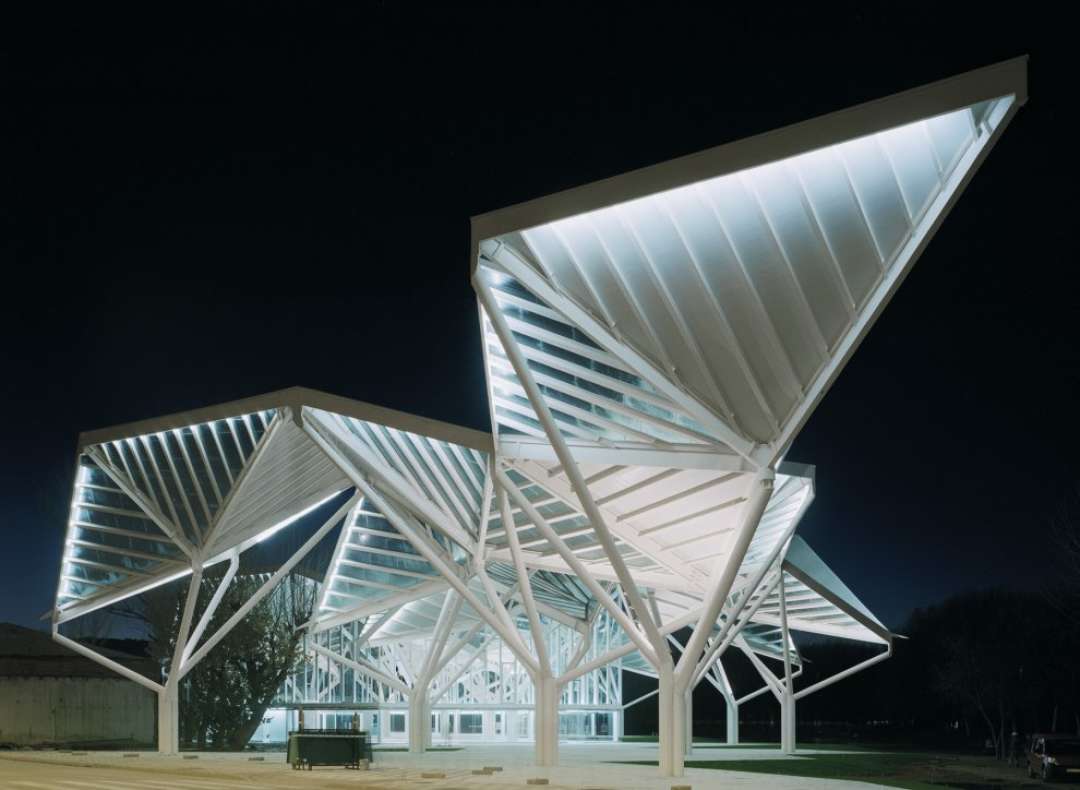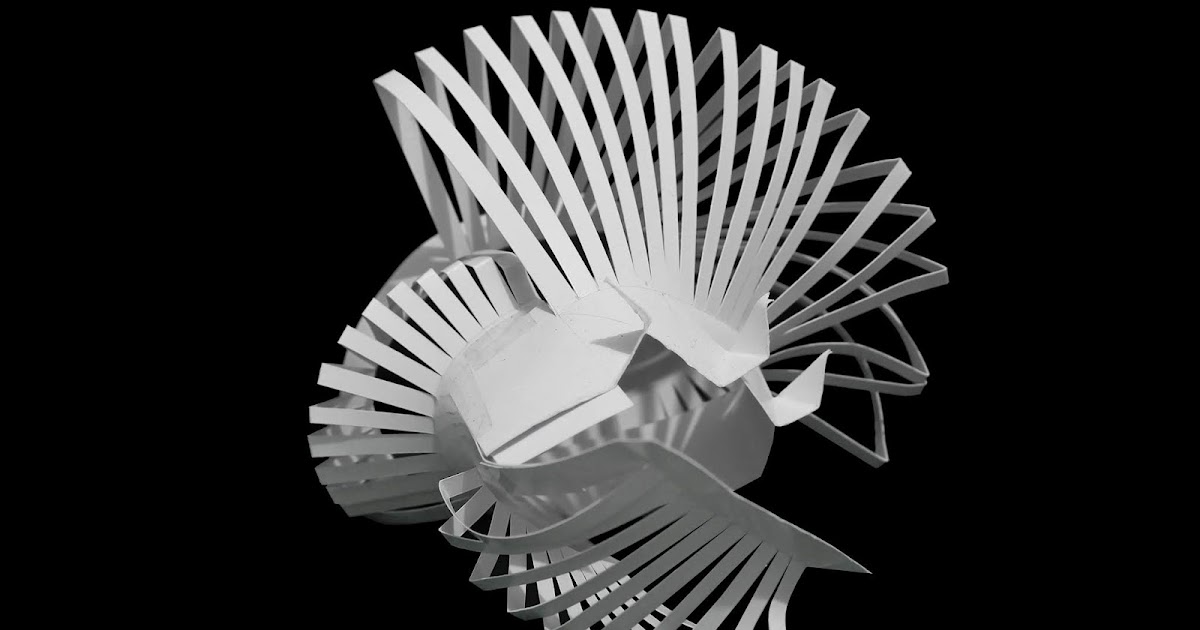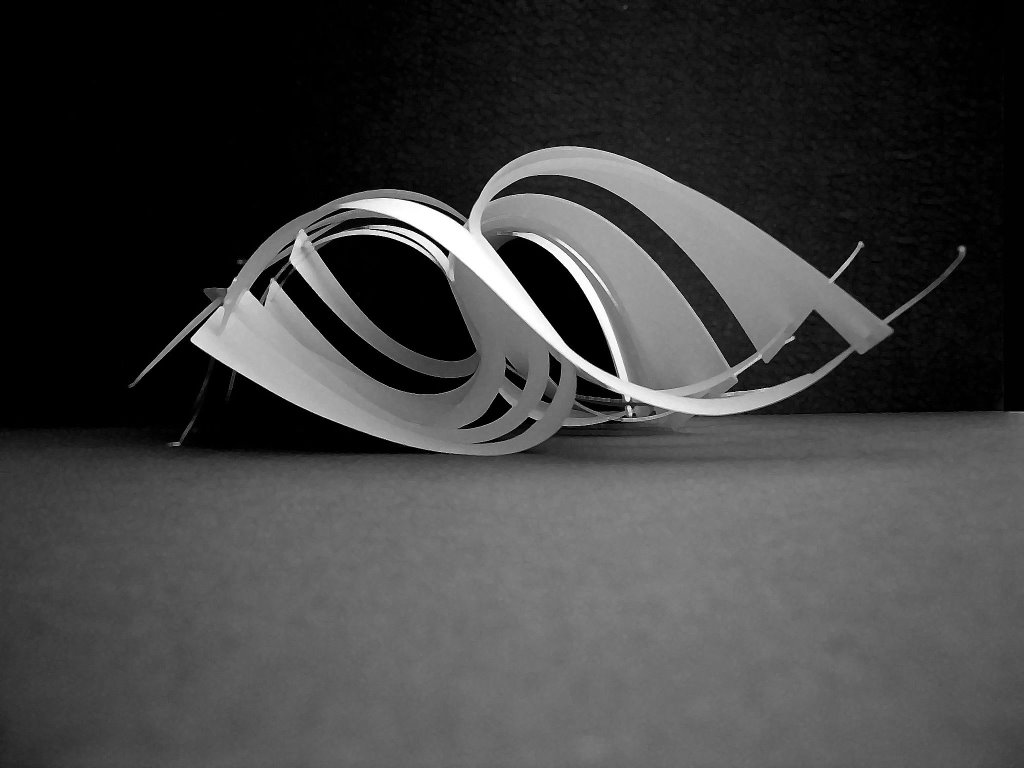
Folding Architecture Top 10 OrigamiInspired Buildings Home Designer & Architect
Architectural Curvilinearity', Greg Lynn's keynote essay in AD Profile 102, Folding in Architecture, heralds the age of round shapes and smooth, intricate surfaces that flourished during the second half of the 1990s and that to this day are seen as the most visible expression of digital making in architecture.Lynn's theory of curvilinearity emerges from the internal and autonomous discourse.

daniel libeskind serpentine pavilion Google Search Expo _ pavilions Pinterest Daniel
In architecture, the term folding means structures consisting of 'plane polygonal elements' that are made of plates and sticks.

•Ayda• Parsons Architecture 2017 Folding in architecture
by Igriva Arhiteckura Folding architecture is relatively new trend in architecture. Many architects and designers use folding techniques in their work to make three-dimensional forms from two-dimensional sheets of fabric, cardboard, plastic, metal, and many other materials. Oscar Niemeyer, Zaha Hadid, Coop Himmelblau, Frank Owen Gehry, are some of the famous architects that use folding…

FOLDING ARCHITECTURE Arisanjaya Irawan
The Fold and Folding Theory as a Conceptual Design Agent in Folding Architecture . Sadaf Abdolahzadeh . Submitted to the Institute of Graduate Studies and Research in partial fulfilment of the requirements for the degree of . Master of Science in Interior Architecture . Eastern Mediterranean University July 2017 Gazimağ. usa, North Cyprus 1

My Work Folding Architecture WONDERFUL
This study focuses on folding techniques used in architecture for designing temporary spaces using foldable and deployable structures. The primary aim of the study is to understand the.

Bigshow Folding Architecture
Greg Lynn. 'Architectural Curvilinearity', Lynn's keynote essay in AD Profile 102, Folding in Architecture, heralds the age of round shapes and smooth, intricate surfaces that flourished during the second half of the 1990s and that to this day are seen as the most visible expression of digital making in architecture.

Folding Architecture Flickr
This research provides an overview of using folding techniques in architecture design, with an emphasis on their new applications, and classify folding techniques as computation geometry folding techniques and manual folding techniques. In recent years, folding techniques are widely used by many architects to make 3D forms from 2D sheets as an inspiration for their design, which enables.

Bigshow Folding Architecture
Folding Architecture Spatial, Structural and Organizational Diagrams Sophia Vyzoviti. Prologue The D10 design studio project is an example of an architectural design process with a circular nature.

folding architecture Google Search Folding architecture, Architecture, New museum
Manuel Bouzas Cavada is an architect from the Superior Technical School of Architecture of A. Coruña (1988), with more that 25 years of experience in design, project management and leadership in.

Serpentine Gallery Pavilion 2001 by Daniel Libeskind YouTube
Folding techniques are popular in architecture design mainly for two reasons, possessing creative architectural structure with advantageous load-carrying capabilities and generating esthetic and deployable architectural form. The two parts are extremely important in architecture design, especially for innovative design theory.

Raffinatezza Ecologia veleno paper folding architecture strato mano Guardare attraverso
2.2 Folding and architecture Two recent achievements testify the potential of fold in architecture: the temporary pavilion in Osaka by the agency Ryuichi Ashizawa Architects and St Loup's chapel in Pompaples by the group of architects Localarchitecture / Mondada [9]. Because of their structural and architectural qualities, these projects.

Folding Architecture Photos Jim's Photoblog
1 on computational origami [Tachi 10], in which folding is used to generate developable surfaces that also perform as transformable mechanisms. The present research is primarily focused on the investigation of architectural folding in the form of folded-plate structures.

Folding Architecture Urbanworm Design
Origami, the ancient Japanese art of paper folding, has profoundly influenced contemporary architecture. Origami building design involves applying the techniques and principles of origami to create visually stunning, highly functional buildings and structures that challenge traditional design paradigms. While origami architecture may seem like.

Folding Architecture Urbanworm Design
Origami is a paper-folding art that means "folded paper" in Japanese with visual and functional features. It is used in architecture due to its load-bearing feature and potential to provide.

Bigshow Folding Architecture
A Folded Architecture for Hardware Implementation of a Neural Structure Using Izhikevich Model | SpringerLink pp 508-518 Home Artificial Neural Networks and Machine Learning - ICANN 2022 Conference paper A Folded Architecture for Hardware Implementation of a Neural Structure Using Izhikevich Model Serhat Çağdaş & Neslihan Serap Şengör

Folding Architecture on Behance
The great momentum of the folding dates back to the good old days where architectural design magazine issued the "folding in architecture" issue (early nineties I believe), when everybody was re descovering the book of Deleuze about Leibniz (titled "the fold", believe it or not). Nowadays, not only the concept is outfashioned, but it also has.